 "ttyymmnn" (ttyymmnn)
"ttyymmnn" (ttyymmnn)
10/18/2016 at 12:35 • Filed to: planelopnik, planelopnik history
 17
17
 5
5
 "ttyymmnn" (ttyymmnn)
"ttyymmnn" (ttyymmnn)
10/18/2016 at 12:35 • Filed to: planelopnik, planelopnik history |  17 17
|  5 5 |
Welcome to This Date in Aviation History , getting of you caught up on milestones, important historical events and people in aviation from October 15 through October 18.
!!! UNKNOWN CONTENT TYPE !!!
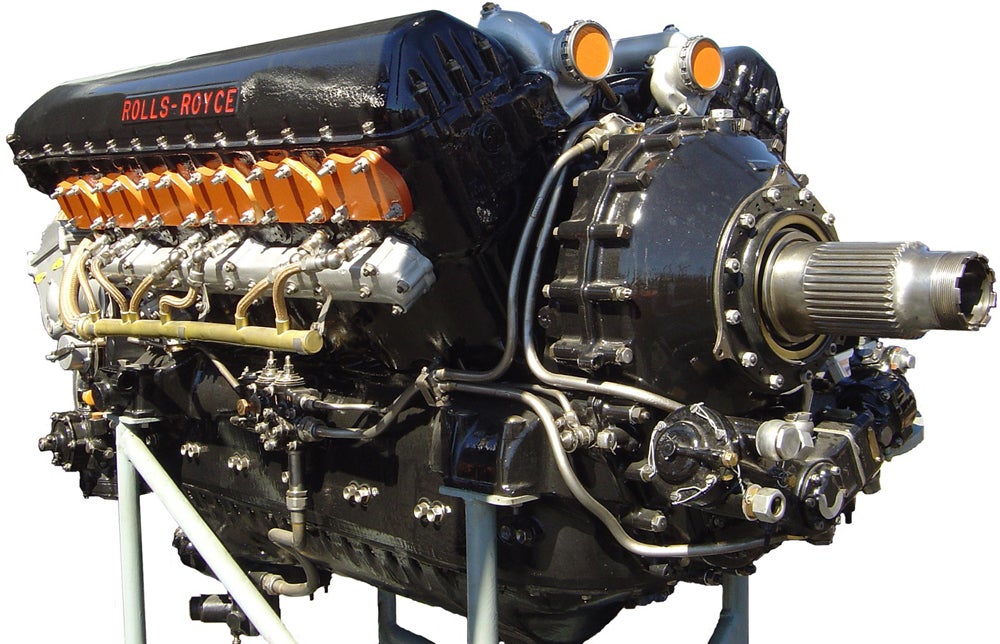
October 15, 1933 – The Rolls-Royce Merlin engine is started for the first time. Hurricane. Spitfire. Lancaster. Mosquito. Mustang. These are the names of some of the greatest aircraft to come out of WWII, and they all share one thing in common: the mighty Rolls-Royce Merlin 12-cylinder engine, one of the most successful aircraft piston engines ever produced. Work began on the the 12-cylinder engine in the early 1930s when Rolls-Royce determined that they needed an engine that could provide more power than the 21-liter !!!error: Indecipherable SUB-paragraph formatting!!! engine then in production. The Kestrel had provided power for a great number of British and even German aircraft, though most of those types were obsolete by the outbreak of WWII. The new 1,100 hp engine would be called the PV-12, as it was a private venture that received no government funding for its development. At first, Rolls-Royce chose an !!!error: Indecipherable SUB-paragraph formatting!!! system for the PV-12 engine, but that arrangement was abandoned for a more traditional liquid cooling system when the former proved to be unreliable and !!!error: Indecipherable SUB-paragraph formatting!!! , which helps with the liquid cooling process, became available from the US. As the new engine was under development, the Air Ministry issued requirements for two new fighters, and both the !!!error: Indecipherable SUB-paragraph formatting!!! and !!!error: Indecipherable SUB-paragraph formatting!!! would be built around the new PV-12 engine, rather than the Kestrel.
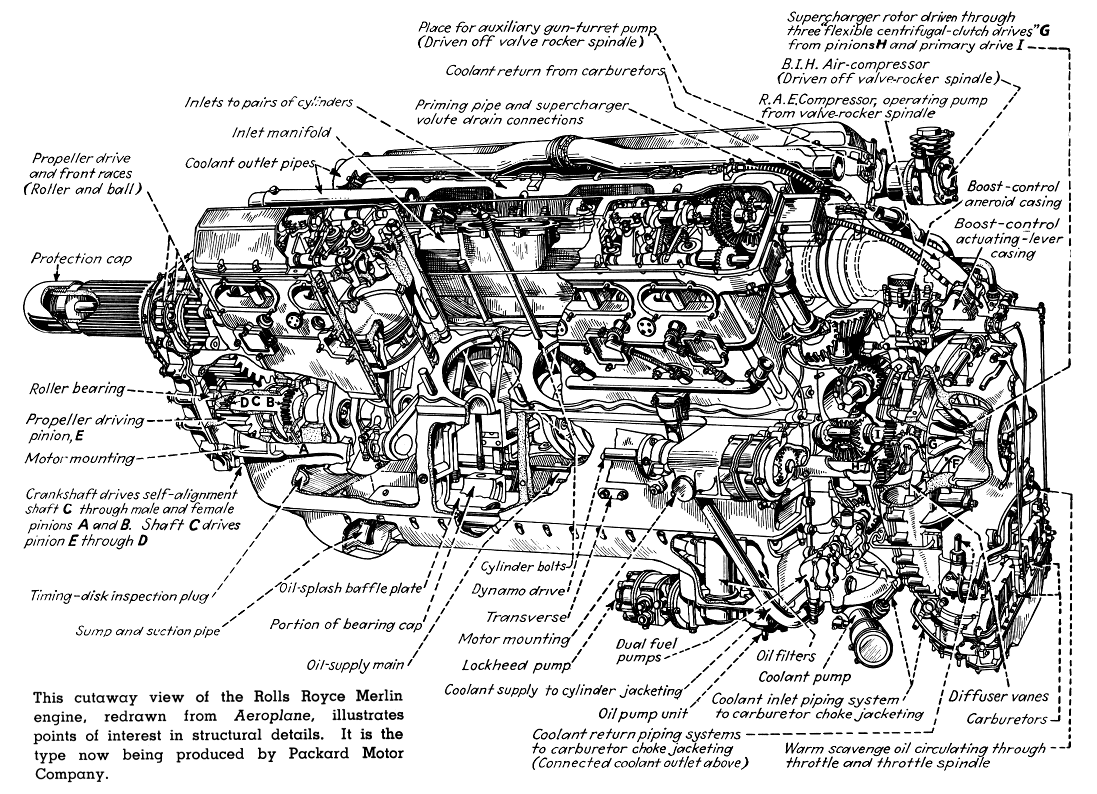
In keeping with the tradition of naming their engines after birds of prey, the PV-12 was renamed for the
!!!error: Indecipherable SUB-paragraph formatting!!!
, a small falcon known for its speed and agility. The Merlin was first mated to a
!!!error: Indecipherable SUB-paragraph formatting!!!
biplane for testing, but the first run of production engines was fraught with unreliability, such as cylinder head cracking, coolant leaks, and excessive wear to the camshafts and crankshaft main bearings. These problems were ironed out in the development process, and the Merlin II and III became the standard production engines. Development of a
!!!error: Indecipherable SUB-paragraph formatting!!!
progressed alongside engine development, and
!!!error: Indecipherable SUB-paragraph formatting!!!
further improved the engine’s high altitude performance. The Merlin was produced in England as well as under license by
!!!error: Indecipherable SUB-paragraph formatting!!!
in the US as the
!!!error: Indecipherable SUB-paragraph formatting!!!
, and would eventually be used to power forty-three different aircraft, from single-engine fighters like the Supermarine Spitfire and
!!!error: Indecipherable SUB-paragraph formatting!!!
to large four-engine bombers such as the
!!!error: Indecipherable SUB-paragraph formatting!!!
. Nearly 150,000 were built by the time production ended in 1950.
(Photo by JAW via
!!!error: Indecipherable SUB-paragraph formatting!!!
; cutaway author unknown)
!!! UNKNOWN CONTENT TYPE !!!
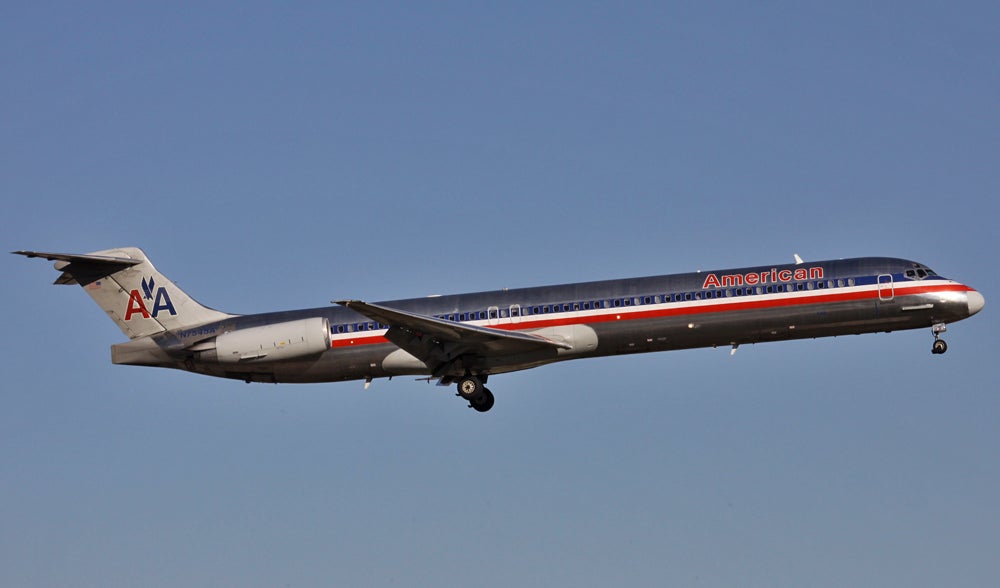
October 18, 1979 – The first flight of the McDonnell Douglas MD-80. In the early days of jet airliner design, aircraft such as the !!!error: Indecipherable SUB-paragraph formatting!!! and !!!error: Indecipherable SUB-paragraph formatting!!! provided four-engine range and plenty of seating for large numbers of passengers. But as passenger jet aviation evolved, it soon became clear that airlines needed smaller airliners that could operate economically on shorter routes. Douglas Aircraft initially responded in to that requirement in 1965 with the development of their !!!error: Indecipherable SUB-paragraph formatting!!! , a single-aisle airliner most likely influenced by the !!!error: Indecipherable SUB-paragraph formatting!!! , particularly with its placement of the two engines on the rear of the fuselage. Where the Caravelle had a traditional tailplane, the Douglas fitted a T-tail, which helps to keep the tailplane out of the disturbed airflow from the wings and fuselage. The DC-9 turned out to be a success, and McDonnell Douglas (McDonnell Aircraft and Douglas had merged in 1967) began to create variants, stretching the fuselage to accommodate more passengers and upgrading the !!!error: Indecipherable SUB-paragraph formatting!!! engines. By the time they reached the 5th variant, the DC-9-50, passenger capacity had grown to 139 seats. But McDonnell Douglas wasn’t done yet. The MD-80 was the second generation of the DC-9 series, and was originally called the DC-9-80 or the DC-9 Super 80. The new aircraft kept the DC-9’s characteristic five-across seating in coach, but the fuselage was lengthened by just over 14 feet compared to the earlier DC-9-50, allowing for 130 to 172 passengers depending on configuration. New, more efficient and quieter Pratt & Whitney JT8D high-bypass engines increased the aircraft’s range and allowed a higher maximum takeoff weight (MTOW). Despite changes to engines, wing design, and upgraded cockpit, the MD-80 was not considered a new aircraft by the FAA, and continues to operate under the original type certificate issued for the DC-9, and the decision to change the name to MD-80 was purely a marketing decision. Following its maiden flight, the MD-80 entered service with Swissair and Austrian Airlines in 1980, and nearly 1,200 MD-80s were delivered between 1980 and 1999. The MD-80 has been continuously upgraded throughout production, and now exists in the -81, -82, -83, -87 and -88 variants, all of which are essentially similar, but received upgrades to engines or avionics. (Photo by the author)
!!! UNKNOWN CONTENT TYPE !!!
For plane spotters, it can be difficult to identify the different aircraft in the DC-9 series. Here’s a brief guide to identifying the four different significant versions:
DC-9: Short fuselage, no !!!error: Indecipherable SUB-paragraph formatting!!! under the cockpit, pointy tail. (The last DC-9 variant, the DC-9-50, was equipped with strakes, but it retained the cone-shaped tail.)
MD-80 series: Longer fuselage, strakes under the cockpit, pinch tail, skinny engines.
MD-90 series: Longer fuselage, strakes under the cockpit, pinch tail, fat engines.
Boeing 717: Shorter body, no strakes under the cockpit, pinch tail, fat engines.
Basically, you can tell the DC-9-10/20/30/40 from the B717 by the tail cone, and the MD-80 series from the MD-90 series by the size of the engines.
!!! UNKNOWN CONTENT TYPE !!!
Short Takeoff
!!! UNKNOWN CONTENT TYPE !!!
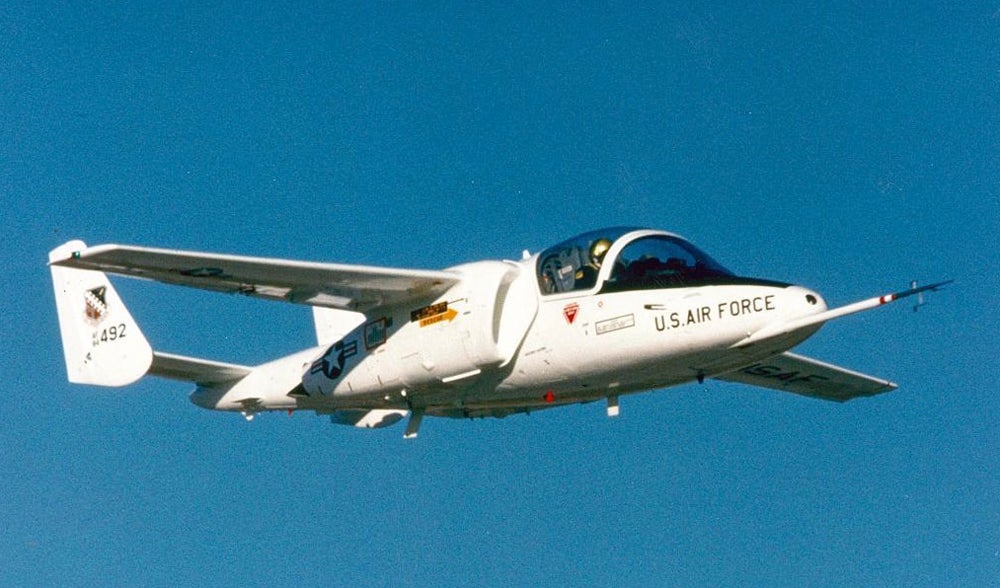
October 15, 1985 – The first flight of the Fairchild T-46 Eaglet, a proposed primary jet trainer designed in response to the US Air Force’s Next Generation Trainer program in 1981 to replace the !!!error: Indecipherable SUB-paragraph formatting!!! . After construction by !!!error: Indecipherable SUB-paragraph formatting!!! of a 62% scale aircraft, the Air Force accepted the Eaglet and placed an order for 650 aircraft. However, despite the success of the aircraft, the cost of production had almost doubled, and budget cuts mandated by the !!!error: Indecipherable SUB-paragraph formatting!!! of 1985 led to the cancellation of the program after only 3 aircraft were built. The cancellation meant the end of the storied Fairchild Aircraft company. (Fairchild Aircraft photo)
!!! UNKNOWN CONTENT TYPE !!!
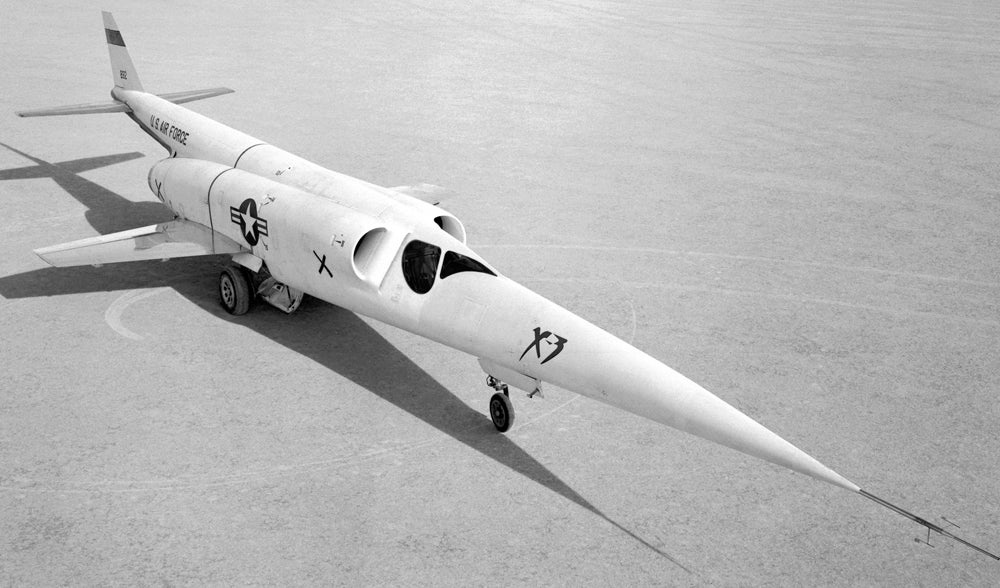
October 15, 1952 – The first flight of the Douglas X-3 Stiletto, an experimental aircraft that was designed to investigate an aircraft capable of sustained flight at supersonic speeds. It was hoped that the Stiletto would maintain speeds of Mach 2, but its !!!error: Indecipherable SUB-paragraph formatting!!! afterburning turbojets were so underpowered that it was unable to achieve Mach 1 in level flight, though it did go supersonic in a dive. However, the program was still considered a success, as it provided significant data over the course of its 51 test flights on fuselage strength necessary for high-speed flight, and data gained from the short, trapezoidal wings was used by Lockheed in their design of the !!!error: Indecipherable SUB-paragraph formatting!!! . (NASA photo)
!!! UNKNOWN CONTENT TYPE !!!
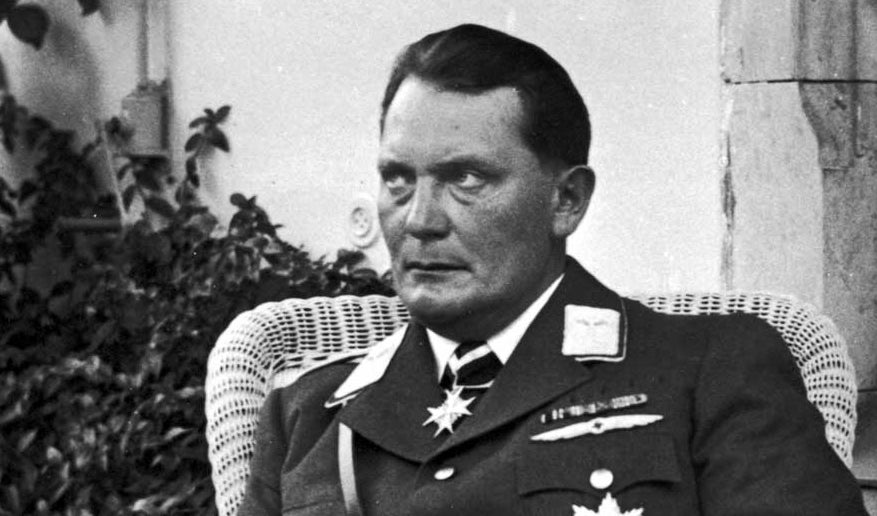
October 15, 1946 – The death of Hermann Göring. Göring began his military career as a fighter pilot in WWI, where he became a fighter ace and was awarded the !!!error: Indecipherable SUB-paragraph formatting!!! , also known as the Blue Max, one of the highest honors of the Kingdom of Prussia. Göring helped with !!!error: Indecipherable SUB-paragraph formatting!!! rise to to power in 1933, forming the feared !!!error: Indecipherable SUB-paragraph formatting!!! (Gestapo) secret police and becoming the second most powerful man in German. He became commander-in-chief of the !!!error: Indecipherable SUB-paragraph formatting!!! in 1935, though the lack of success of the Luftwaffe in 1943 led him to lose some favor with Hitler. Göring eventually withdrew from positions of leadership to focus on looting artwork, and was tried after the war as a war criminal. Convicted and facing death by hanging, Göring committed suicide the night before the prosecution of his sentence. (Photo author unknown)
!!! UNKNOWN CONTENT TYPE !!!

October 16, 1956 – Pan Am Flight 6 ditches in the Pacific Ocean. Pan Am Flight 6 was a scheduled round-world flight eastward that departed Philadelphia in a !!!error: Indecipherable SUB-paragraph formatting!!! for an eastward flight around the world and had made a stop in Honolulu before taking off for San Francisco in a !!!error: Indecipherable SUB-paragraph formatting!!! (N90943). After reaching 21,000 feet, the No. 1 engine entered an overspeed condition, followed by problems with engine No. 4. The captain decided that he would have to ditch in the Pacific Ocean, and rendezvoused with the !!!error: Indecipherable SUB-paragraph formatting!!! (WHEC-70) that was on station between Hawaii and California. The airliner circled the cutter until dawn to make the ditching as safe as possible, and landed on a foam path laid out by the cutter. The tail of the aircraft broke off, but all 31 passengers and crew had moved to the front of the plane prior to ditching and were promptly rescued with only minor injuries, though 44 cases of live canaries were lost in the cargo hold. (US Coast Guard photo)
!!! UNKNOWN CONTENT TYPE !!!
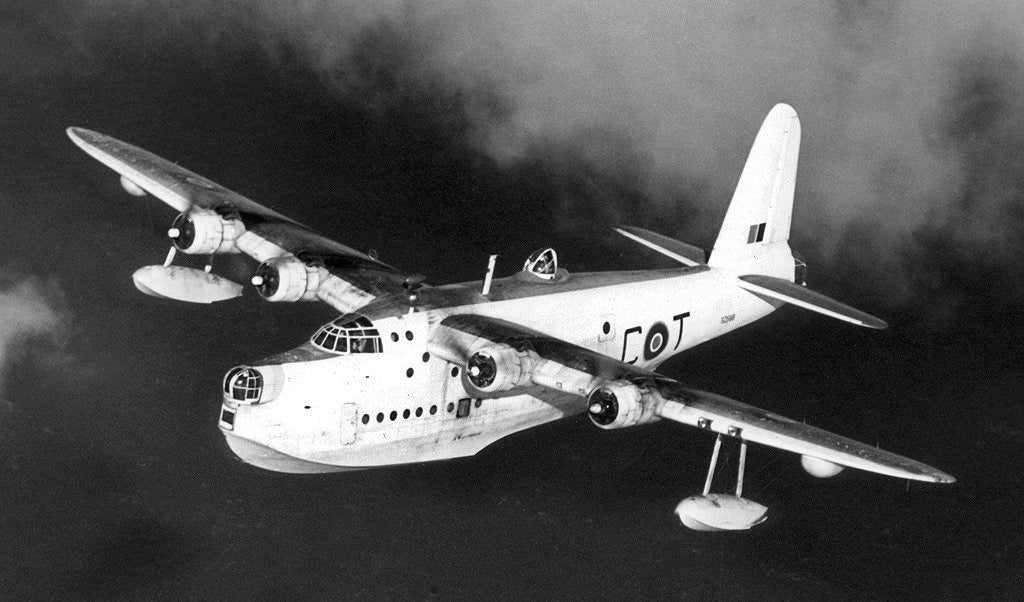
October 16, 1937 – The first flight of the Short Sunderland. One of the great flying boats to come out of the 1930s, the Short Sunderland was partially based on the !!!error: Indecipherable SUB-paragraph formatting!!! , the Sunderland was extensively upgraded for military service and was one of the most powerful and widely used flying boats of WWII. Sunderlands were responsible for tracking and attacking enemy submarines, as well as rescuing victims of submarine attacks. Sunderlands saw service in the Korean War and the Berlin Airlift and was retired in 1959. Remaining Sunderlands were converted to civilian use as the !!!error: Indecipherable SUB-paragraph formatting!!! , and flew into the 1970s. 777 Sunderlands were produced between 1938 and 1946. (Royal Air Force photo)
!!! UNKNOWN CONTENT TYPE !!!

October 17, 1956 – The birth of Mae Jemison.
The first African American woman to travel in space, Jemison went into orbit on September 12-20, 1992 on the Space Shuttle
!!!error: Indecipherable SUB-paragraph formatting!!!
on
!!!error: Indecipherable SUB-paragraph formatting!!!
, logging just over 190 hours in space. Before becoming an astronaut, Jemison was a practicing physician and a member of the Peace Corps, and cites the role of Lieutenant Uhura on
Star Trek
as her inspiration to become an astronaut. Following her one mission to space, Jemison resigned from NASA in 1993 to start a technology company.
(NASA photo)
!!! UNKNOWN CONTENT TYPE !!!
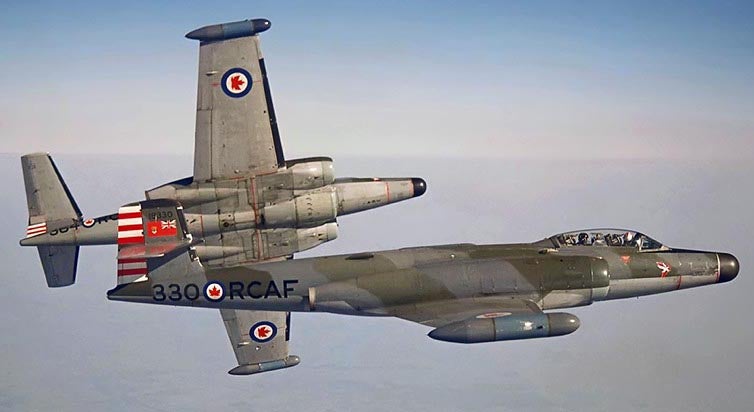
October 17, 1952 – The Avro Canada CF-100 Canuck enters service with the Royal Canadian Air Force. The Canuck, known to its pilots as “Clunk” because of the sound made by the retracting nose wheel, was the only domestically-produced Canadian fighter to enter mass production. The CF-100 served as an interceptor for the RCAF throughout the Cold War, serving as part of the !!!error: Indecipherable SUB-paragraph formatting!!! (NORAD) and with NATO forces stationed in Europe before eventually being replaced by the !!!error: Indecipherable SUB-paragraph formatting!!! . A total of 692 Canucks were produced, and the type was finally retired in 1982. (Canadian Department of National Defence photo)
!!! UNKNOWN CONTENT TYPE !!!
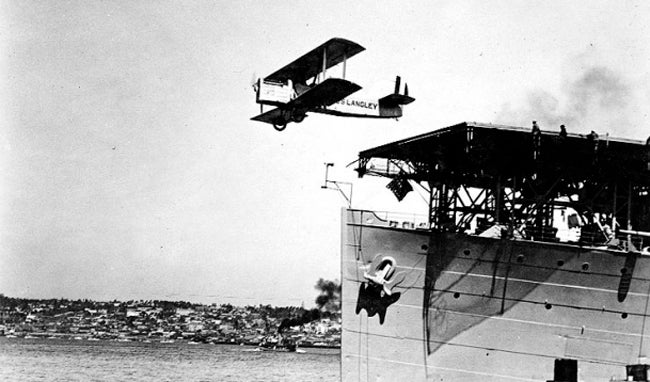
October 17, 1922 – The first takeoff from the US Navy’s first aircraft carrier. When Lt. Virgil C. Griffin launched from the deck of the !!!error: Indecipherable SUB-paragraph formatting!!! (CV-1) in a !!!error: Indecipherable SUB-paragraph formatting!!! , it was not not the first aircraft to take off from a ship, nor the first takeoff from a ship equipped with a flight deck. However, the Langley, converted from collier USS Jupiter (AC-3), was the Navy’s first true carrier. The flight marked the beginning of US carrier operations, and heralded the ascendancy of the aircraft carrier as the new center of naval operations, supplanting the supremacy of the battleship as the nucleus of the modern naval battle group. (Photo author unknown)
!!! UNKNOWN CONTENT TYPE !!!
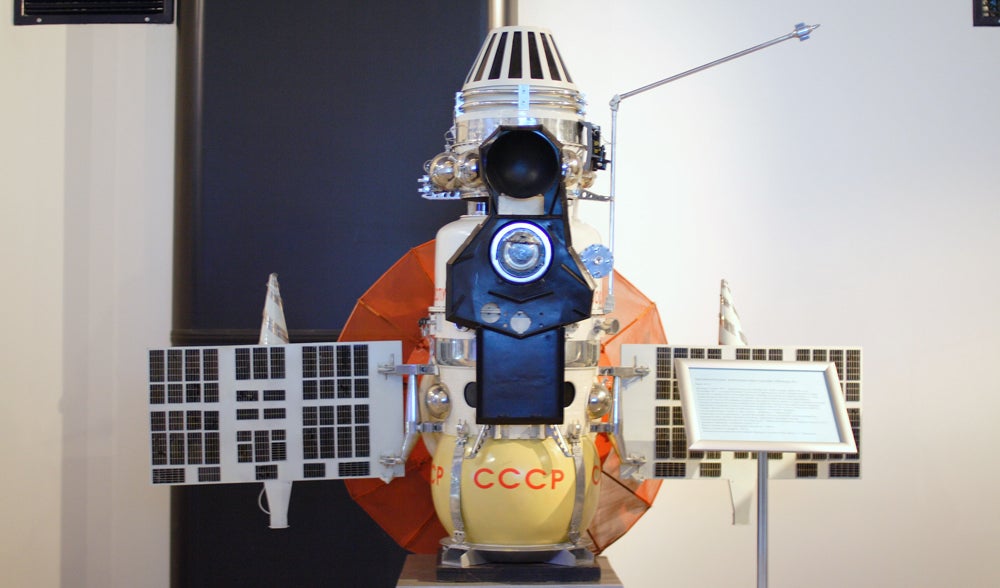
October 18, 1967 – Soviet space probe Venera 4 reaches Venus. Launched on June 12, 1967 atop a !!!error: Indecipherable SUB-paragraph formatting!!! rocket, Venera 4 was the 4th of 16 probes launched during the !!!error: Indecipherable SUB-paragraph formatting!!! and the first space probe to analyze the atmosphere of another planet. As it descended through the Venusian atmosphere, the probe’s sensors indicated that Venus is primarily carbon dioxide with some nitrogen, oxygen and water vapors, and also provided data on temperature and pressure. It is not clear if Venera 4 survived the descent, but !!!error: Indecipherable SUB-paragraph formatting!!! became the first spacecraft to land on another planet when it touched down on Venus on December 15, 1970. (Photo by Rave via !!!error: Indecipherable SUB-paragraph formatting!!! )
!!! UNKNOWN CONTENT TYPE !!!
Recent Aviation History Posts
!!! UNKNOWN CONTENT TYPE !!!
!!! UNKNOWN CONTENT TYPE !!!
!!! UNKNOWN CONTENT TYPE !!!
!!! UNKNOWN CONTENT TYPE !!!
If you enjoy these Aviation History posts, please let me know in the comments. And if you missed any of the past articles, you can find them all at !!!error: Indecipherable SUB-paragraph formatting!!! .
 StingrayJake
> ttyymmnn
StingrayJake
> ttyymmnn
10/18/2016 at 12:43 |
|
Sweet, sweet Lancaster. Four Merlins whailing away. So much love.
 MonkeePuzzle
> ttyymmnn
MonkeePuzzle
> ttyymmnn
10/18/2016 at 12:51 |
|
landed on a foam path laid out by the cutter.
woah! that’s simply fascinating.
 ttyymmnn
> MonkeePuzzle
ttyymmnn
> MonkeePuzzle
10/18/2016 at 12:54 |
|
The cutter made a path so they could land into the wind. Previous ditchings had seen the tail break off, so the captain moved everybody forward. And the tail broke off. The Coast Guard no longer keeps a cutter on station like they did back then. But transoceanic flight is a much safer undertaking these days.
 MonkeePuzzle
> ttyymmnn
MonkeePuzzle
> ttyymmnn
10/18/2016 at 12:55 |
|
just so cool that there was a legit plan. a cutter at sea along a busy flight path, and the path of foam, and everything. It just seems so well coordinated.
which I suppose is a little scary as they clearly recognised how common an issue this could be...
 You can tell a Finn but you can't tell him much
> MonkeePuzzle
You can tell a Finn but you can't tell him much
> MonkeePuzzle
10/18/2016 at 15:55 |
|
Looking at the pictures I’m guessing that the “path of foam” is simply the wake of the ship and not actually foam that was laid down. Basically they ran the cutter into the wind and its bulk knocked down the waves some and would leave a line of bubbles or foam from the screws that would be very visible from the airplane.